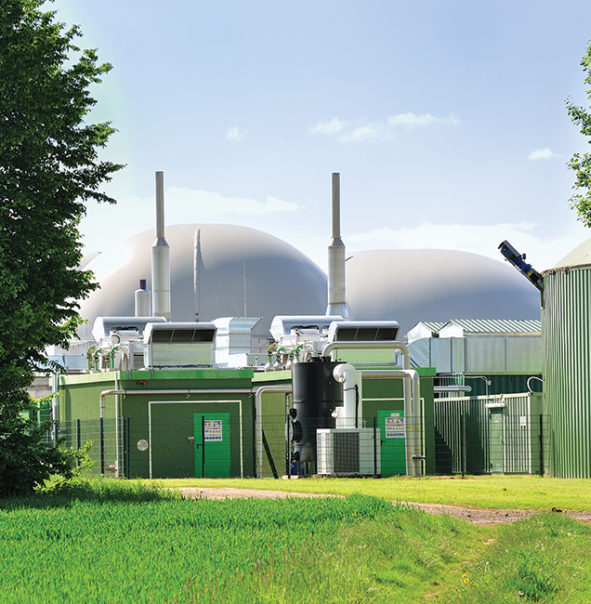Study on the R&I measures in the Recovery and Resilience Facility
Amplified by the COVID-19 pandemic, the EU’s Recovery and Resilience Facility (RRF) was launched to support recovery, drive green and digital transitions, and strengthen resilience. In this study we examine how RRF investments have advanced research and innovation (R&I) across the EU27, fostering reforms and a stronger European innovation ecosystem.
Background
The RRF was established as the EU’s main financial response to the COVID-19 crisis, aiming to foster economic recovery, resilience, and transformation. With €55.6 billion allocated to R&I measures in national Recovery and Resilience Plans (RRPs), the Facility sought to accelerate reforms and investments, particularly in green and digital transitions, while addressing country-specific recommendations (CSRs).
The evaluation covers the implementation status up to March 2025, drawing on desk research, interviews, surveys, and case studies across the EU27. The study assesses how the RRF supported R&I across Member States by analysing 387 R&I measures included in national RRPs. It covers the five core evaluation criteria (effectiveness, efficiency, relevance, coherence, and EU added value) to assess both the strategic and operational impact of RRF investments.
The evaluation, conducted by an Ecorys-led consortium for the European Commission, provides evidence-based insights to inform future EU R&I policy and funding instruments.
Key findings
Our study finds that the Recovery and Resilience Facility (RRF) has been broadly effective in supporting research and innovation (R&I) reforms and investments across EU Member States. Many countries have fulfilled substantial milestones, with the RRF acting as a catalyst for reforms and investments, especially in emerging and moderate innovator countries, by addressing structural challenges and advancing EU-wide goals like the green and digital transitions. The RRF also strengthened the link between R&I reforms and the European Semester, embedding country-specific recommendations into national strategies and encouraging some Member States to plan for sustained R&I funding beyond 2026.
Integrating R&I reforms and investments under the RRF generally improved efficiency and coordination, aligning structural changes with targeted funding. However, heavy administrative burdens, rigid procedures, and fragmented governance reduced flexibility and slowed implementation in several countries. While the RRF complemented instruments such as Horizon Europe and Cohesion Policy, coordination across funding streams was often weak, and overlap occasionally occurred.
Overall, the RRF has accelerated key reforms and investments in the R&I field, showing strong potential to generate EU added value in strategic fields such as hydrogen, microelectronics, and quantum technologies. Yet, persistent delays and structural bottlenecks risk diverting attention toward less complex, short-term projects. The study highlights the importance of maintaining alignment with country-specific recommendations, streamlining governance, and ensuring the long-term sustainability of R&I investments beyond 2026 to maximise the impact of future EU support.
Want to know more? Read the full study here.

17 October 2025
2 minute read
Key Experts
Carmen Hoya
Senior Consultant
Cristina Mariani
Junior Consultant
Marta Mirambell Huguet
Consultant
Tea Paulovic
Senior Consultant
Tomás Ruiz de la Ossa
Junior Consultant
Vladimir Cvijanovic
Principal Consultant



